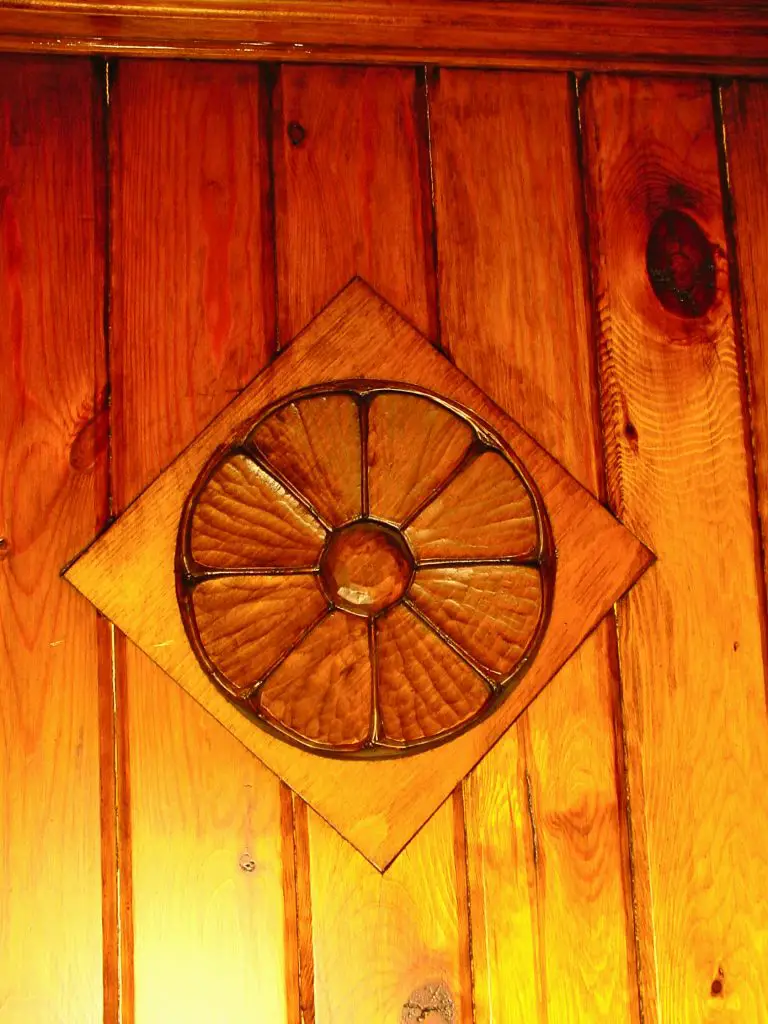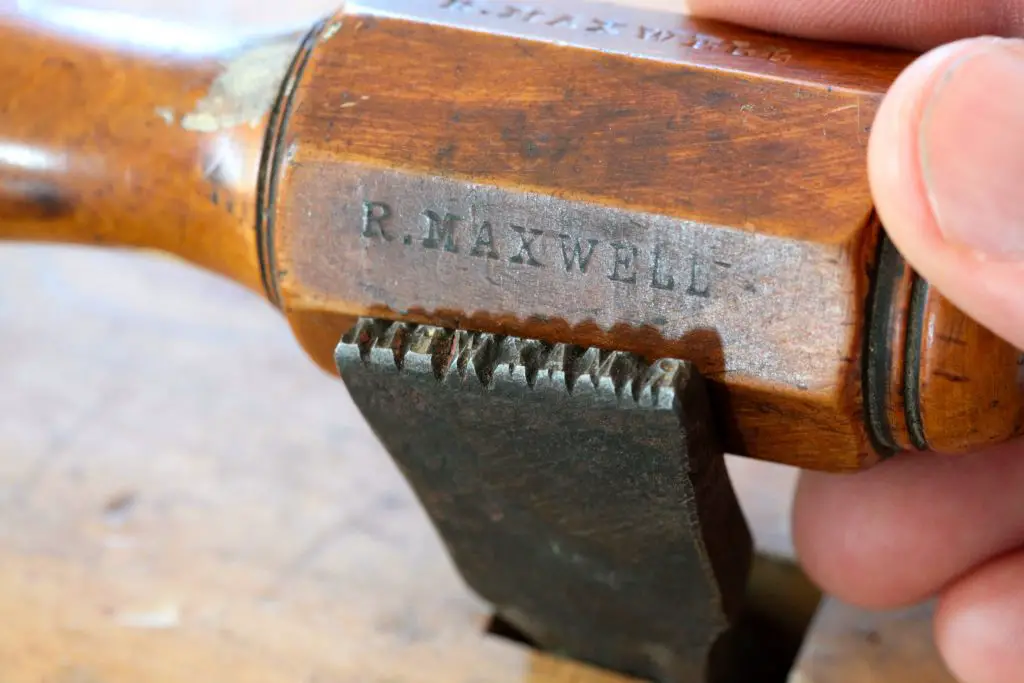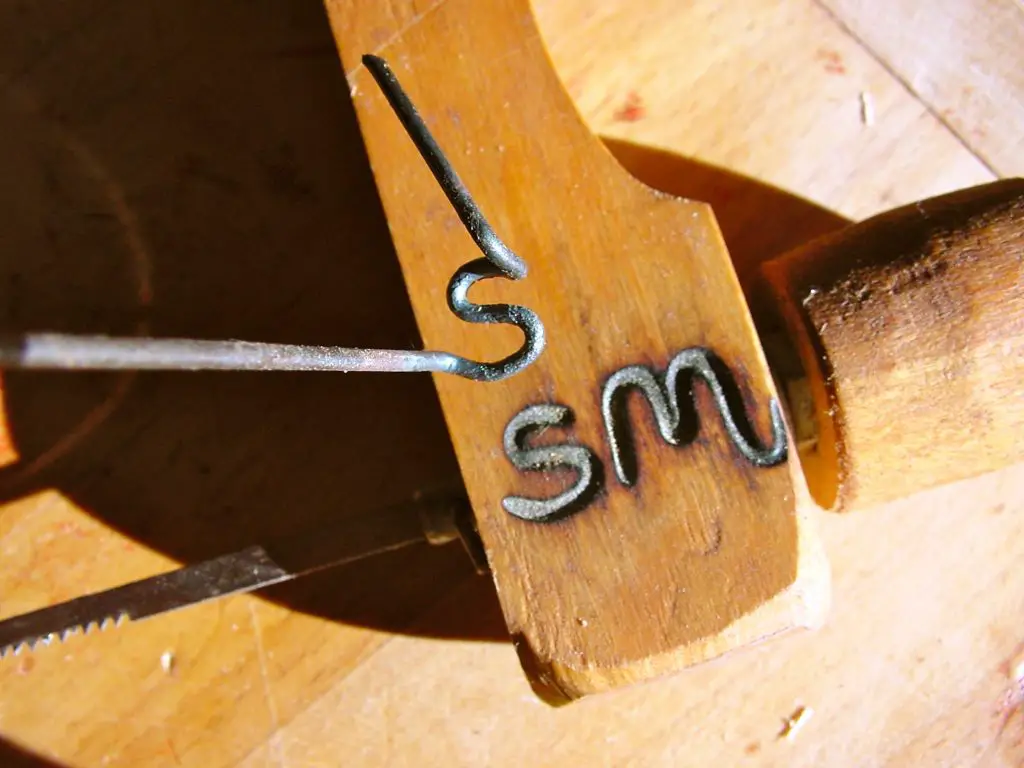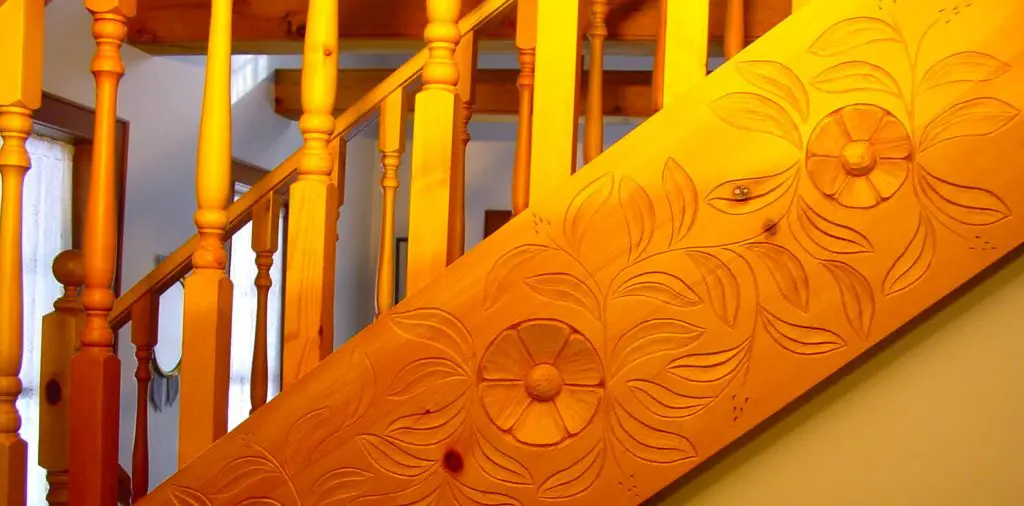Leonard Lee, famous Canadian and founder of Lee Valley Tools, died on July 7, 2016 and when that happened it got me thinking. Mr. Lee improved the lives of a lot of people with the business he started and the life he led, but like all things in this world – even good things – Mr. Lee’s life here eventually came to an end. That said, the right attitude towards how we live, work and create can offer a unique chance to extend ourselves a little beyond the usual limits of life. Mr. Lee showed this. I’ve discovered that building beautiful things isn’t just about making something practical for immediate use. Ideally, the best creative work is also about launching something exceptional into history – something that should last well beyond our allotted days, while also pointing towards something bigger and enriching others who still exist on life’s stage. When it comes to the work I do with wood, I call this “legacy woodworking”, and there are three ways you can get intentional about making it happen.

Leave Your Mark

Everything you make with your hands is only half the story. The other half is you. That’s why all good work should bear the mark of the maker. I discovered this in a meaningful way as a boy when my grandfather entrusted me with a small metal stamp. It was owned by his father – my great grandfather – Robert Maxwell, a cabinetmaker who came to Canada from England in 1902, stepping of the S.S. Tunisian in Quebec City. All his chisels and planes bear the same small, impression on the wooden handles made by this stamp: R Maxwell. His surviving woodwork still carries this same mark too. I keep his original stamp in a drawer in my workshop, and it’s what first got me thinking about how I should mark projects of my own.

Everyone who cares enough to make beautiful things should leave some evidence of themselves behind for the future. And it’s easy to do with a piece of 1/16” piano wire. That’s what I used to make a couple of burning brands. Although piano wire is too stiff to work with as it comes from the store, it’s easy to heat to a malleable cherry red using a propane torch. Buy more wire than you’ll need from a hobby shop for practice, then use a couple of pairs of needlenose pliers to work the red hot metal into the shape of your initials – one brand for each letter. Leave one end of the wire long to use as a handle, and another short end beyond the letter to support with pliers as you press the hot brand into the wood. Permanent, elegant and unique. That’s the mark you’ll leave behind.
Pursue Outrageous Quality
Whenever I build something I mean it to be a statement against a sad reality of our world. The common and growing idea that cheap, throwaway goods are okay robs both us and future generations of a great deal of joy. It’s a shame that so much manufactured furniture, for instance, delivers only short-lived, superficial beauty. This is one reason I rail against the trend in a tiny way with outrageous acts of craftsmanship. I’d love to see more people do the same.

If you came to my house I could show you free-standing wardrobes I’ve made with full frame and panel backs, or hand-carved cabinet details that offer a steady background whisper of beauty. Then there’s the ongoing traditional stoneworking projects I do that keep an almost dead building tradition alive in a tiny way. My clothesline post looks like a timber frame from an 18th century barn. Pursuing outrageous craftsmanship is impractical, time consuming and expensive, but it’s needed more than ever these days because the growing alternative is so depressing.
Passing Craftsmanship Forward
Why do you work with wood? Why do you pursue creativity? I suspect what drives you is far deeper than you realize. There’s always something bigger behind everything we do. Some of us were born to be makers, and I’ve come to realize that the force that drives me is a deep, inner longing for a vision of the world as it should be, not as it is. It’s a longing towards the ultimate source of beauty, peace and permanence. While our world is rarely as beautiful as it should be, far less peaceful that it might be, and disappointingly impermanent in so many ways, I don’t believe this is what we were made for. The urge to make good things with my hands is one small way I can bring my corner of the world a little closer to a place where beauty, peace and permanence reins as it should. My efforts won’t do much good in the larger scheme of things, I know, but I’m going to do them anyway. I’m also going to try and convince others to do the same.
In 1992 I wrote my first Toolbox column in Canadian Home Workshop magazine, and it was my privilege to share what I know with loyal readers in each of the 150 issues I contributed to over the years before the magazine ceased publication. Every column was a hands-on invitation to develop a particular skill, idea or approach to bring a little more craftsmanship and beauty into the world. I’m sad to see this magazine gone, a victim of the internet and it’s way of making traditional publishing unprofitable. Passing on the passion and vision to others is the last and most important part of legacy craftsmanship, but you need to have passion to pass on. And you might be surprised that one particular song always recharges me in this way.
Look up a singer and songwriter named Jason Castro, and listen to his version of Somewhere Over the Rainbow. The world this song points to is the same ideal world that I hope my woodworking, my craftsmanship and my life aims at. I don’t know for sure if Mr. Lee felt the same way about rainbows and better versions of the world we live in, but I suspect he did. How about you? Let me know.